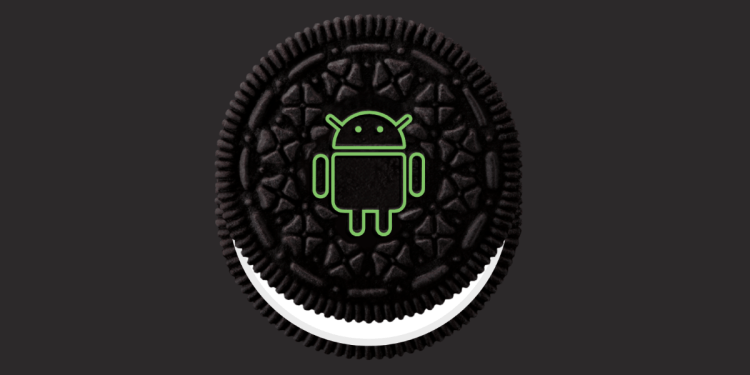testsetset
Yesterday Google announced the final release of Android 8.1 Oreo, along with the new Android Oreo (Go edition) software experience for entry-level devices. Today the company pushed the latest source code to the Android Open Source Project (AOSP) and started rolling out Android 8.1 on supported Pixel and Nexus devices (you might not see the update yet as it’s rolling out “over the next week”). Android 8.1 will arrive on Android Oreo (Go edition) devices “in the months ahead.”
Google launched the first Android 8.1 preview in October and the second preview in November. Google was always aiming to release a final public version in December, and it delivered right at the start of the month.
Android 8.1 includes the following new features:
- Android Go — A set of memory optimizations for configurations with 1GB or less of memory, flexible targeting options (hardware feature constants for targeting app distribution to normal or low-RAM devices through Google Play), optimized Google apps (use less memory, storage space, and mobile data), and Google Play visibility to apps specifically optimized using the building for billions guidelines.
- Neural Networks API — Enables fast and efficient inference for a range of key use cases, starting with vision-based object classification. The Neural Networks API is a foundational layer for ML frameworks like TensorFlow Lite as well as Caffe2 and others. TensorFlow Lite works with the Neural Networks API to run models like MobileNets, Inception v3, and Smart Reply.
- Autofill enhancements — Password managers and other Autofill services can now use the Autofill framework.
- Shared memory API — Apps can map anonymous shared memory and manage protection controls using the SharedMemory API. The API is parcelable, AIDL friendly, and exposes useful features like removing write permissions.
On the Pixel 2 and Pixel 2 XL, the Android 8.1 update allows developers to tap into Pixel Visual Core, Google’s first custom-designed co-processor for image processing and ML. Once enabled, apps using Android Camera API can capture HDR+ shots through Pixel Visual Core.
June 5th: The AI Audit in NYC
Join us next week in NYC to engage with top executive leaders, delving into strategies for auditing AI models to ensure fairness, optimal performance, and ethical compliance across diverse organizations. Secure your attendance for this exclusive invite-only event.
Since Android 1.5, Google has named each version of its mobile operating system after a sweet food — moving sequentially through the letters of the alphabet. The tradition started more than eight years ago. Here are all the releases so far:
- Android 1.5 Cupcake (April 2009)
- Android 1.6 Donut (September 2009)
- Android 2.0/2.1 Éclair (October 2009, January 2010)
- Android 2.2 Froyo (May 2010)
- Android 2.3 Gingerbread (December 2010)
- Android 3.0/3.1/3.2 Honeycomb (February 2011, May 2011, July 2011)
- Android 4.0 Ice Cream Sandwich (October 2011)
- Android 4.1/4.2/4.3 Jelly Bean (July 2012, November 2012, July 2013)
- Android 4.4 KitKat (October 2013)
- Android 5.0/5.1 Lollipop (November 2014, March 2015)
- Android 6.0 Marshmallow (October 2015)
- Android 7.0/7.1 Nougat (August 2016, December 2016)
- Android 8.0/8.1 Oreo (August 2017, December 2017)
Google is encouraging developers to publish APK updates targeting API level 27 (Android 8.1) in their alpha, beta, or production channels. If you’re a developer and want more information, check out the Android 8.1 for Developers site, the diff report, and the updated API reference docs.

